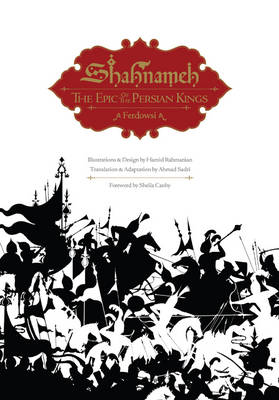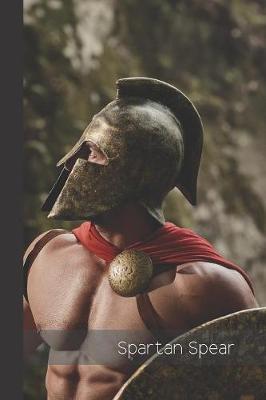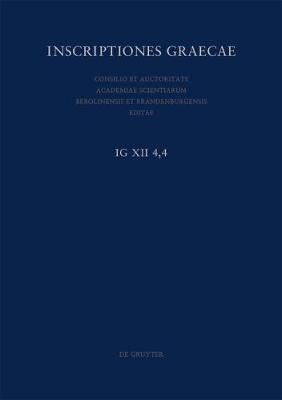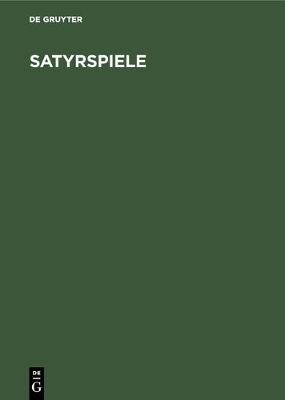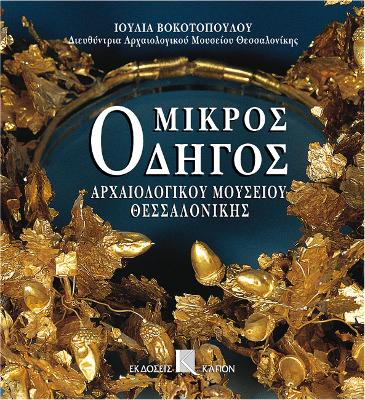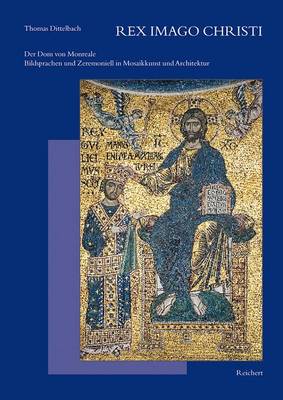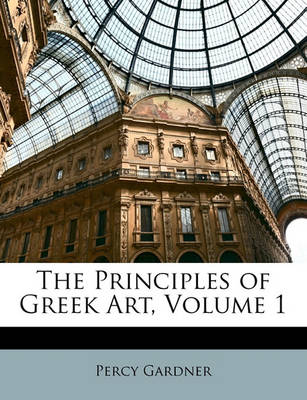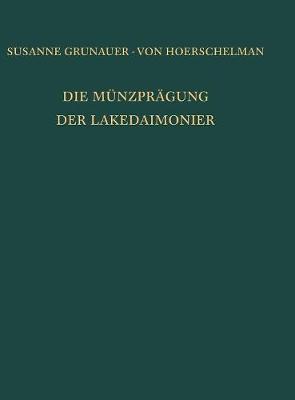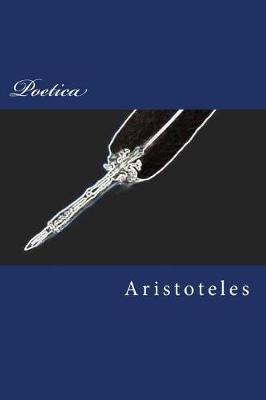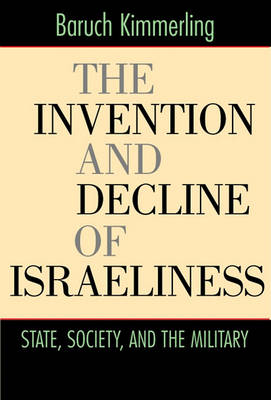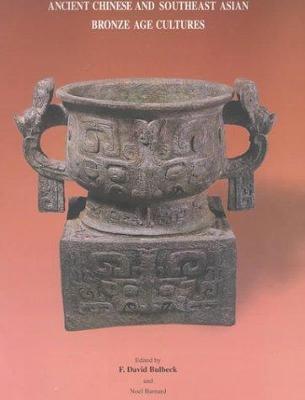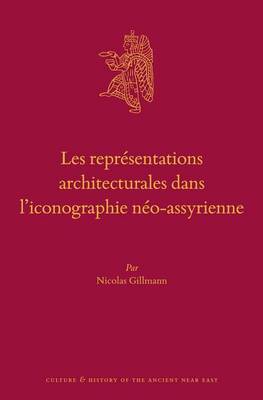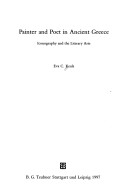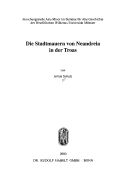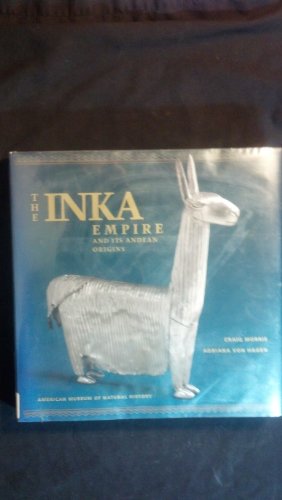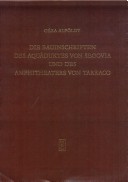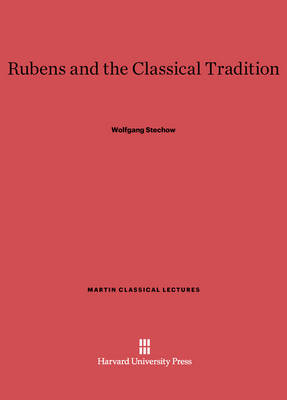Ferdowsi's epic poem Shahnameh is part myth, part history-it begins with the legend of the birth of the Persian nation and its tumultuous history. It contains magical birds, and superhuman heroes, and centuries-long battles. Written over 1,000 years ago, it was meant to protect Persian collective memory amdist a turbulent sea cultural storms. Originally written in couplets, the new translation and adaptation by Ahmad Sadri retells the mythological tales in prose format. The spectacular illustrat...
Ordinary Lydians at Home (Archaeological Exploration of Sardis Reports)
by Andrew Ramage, Nancy H. Ramage, and R. Gul Gurtekin-Demir
This much-anticipated publication of two major Lydian excavation sectors at Sardis is the first in-depth presentation of the architecture and associated pottery and other artifacts found in the houses of inhabitants of this legendary city. It traces continuous occupation outside the city walls from the Late Bronze Age to the middle of the sixth century BC, when the Persians under Cyrus the Great captured the capital city of King Croesus.This book represents a remarkable synthesis of a vast quant...
Mikros odigos archaiologikou mousiou thessalonikis (Greek language edition)
by Julia Vokotopoulou
Distributed by University of Exeter Press. Greek language text. 189 colour illustrations. The exhibits on display in the Archaeological Museum of Thessaloniki are presented and illustrated in the pages of this Short Guide. The illustrations are accompanied by a brief explanatory text. This handy format short guide is designed to accompany visitors during their tour of the Museum, and afterwards serves as a keepsake, preserving the memory of the items displayed. The Archaeological Museum of T...
Acropolis of Athens as Described by Pajsanias and Other Writers
by O. Jahn and Adrian Michaels
Die Altpunische Faktorei an Der M ndung Des R o de V lez (Madrider Forschungen, 6/1)
by Hans G Niemeyer and Hermanfrid Schubart
Die Munzpragung Der Lakedaimonier (Antike Munzen Und Geschnittene Steine, #7)
by Susanne Grunauer-Von Hoerschelmann
The Horse and Jockey from Artemision (Hellenistic Culture and Society, XLV)
by Sean Hemingway and Se N Hemingway
In 1928, and again in 1937, parts of a large-scale bronze horse and nearly complete jockey were recovered from the sea off Cape Artemision in Greece, where they had gone down in a shipwreck. These original Hellenistic sculptures, known together as the 'Horse and Jockey Group from Artemision', are among the very few surviving bronze sculptures from antiquity. Sean Hemingway has been allowed by the National Museum in Athens to investigate the horse and jockey statuary group as no one ever has befo...
Ancient Chinese and Southeast Asian Bronze Age Cultures
From Republic to Empire (Oklahoma Series in Classical Culture)
by John Pollini
Political image-making - especially from the Age of Augustus, when the Roman Republic evolved into a system capable of governing a vast, culturally diverse empire - is the focus of this masterful study of Roman culture. Distinguished art historian and classical archaeologist John Pollini explores how various artistic and ideological symbols of religion and power, based on Roman Republican values and traditions, were taken over or refashioned to convey new ideological content in the constantly ch...
Les Representations Architecturales Dans l'Iconographie Neo-Assyrienne (Culture and History of the Ancient Near East)
by Nicolas Gillmann
Die Datierung Der Anatolisch/Spathethitischen Plastik Und Ihre Beziehung Zur Archaischen Griechischen Kunst
by Konstantinos Kopanias
The Inka Empire and Its Andean Origins
by Craig Morris, Adriana von Hagen, and Adriana von Hagan
Sponsored by the American Museum of Natural History, this illustrated history of the Inkas and their predecessors offers a fresh appraisal of a remarkable civilization. Based on recent archaeological studies, this story of the Andean people traces the development of their complex civilization from its beginnings 11,000 years ago to its culmination - the vast and powerful Inka Empire - in the 16th century. The book describes and illustrates their agricultural methods, social organization, politic...
Rubens and the Classical Tradition (Martin Classical Lectures, #22)
by Wolfgang Stechow
Die Gefangenenfassade an Der Agora Von Korinth (Eikonika. Kunstwissenschaftliche Beitrage, Im Auftrag Der Go, #2)
by Volker Michael Strocka
In 1900-1902 American archeologists found sculptural debris and richly decorated structural elements in the agora of Corinth, from which Richard Stillwell reconstructed on paper a two-storied facade in 1941. This volume presents a comprehensive reevaluation and dating of a significant example of imperial architecture. Thanks to stylistic and iconographic criteria and comparison, the sculptures and structural elements of the marble facade can (in distinction to previous interpretation) be recog...
